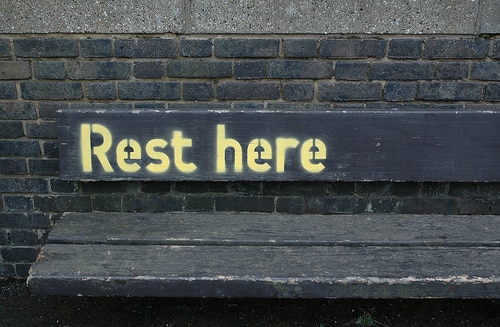Breathing is THE most important thing for human survival. You can remove limbs, organs,  and tissue from the body but stop breathing for only a few minutes and the damage can be fatal. The importance and art of breathing has been well known for 1000′s of years, it’s at the centre of yoga practice, Tai Chi, Quigong and all Martial Arts training. The breath does far more than just oxygenate the blood it also interacts with the nervous system.
Here are 7 Things you need to understand about breathing:
1. It’s Life’s Most Important Function
There is nothing more important than breathing. The body is a slave to the breath. If you cannot breathe correctly then the body will make some drastic changes in order to gain oxygen. If you suffer from sinus problems or cannot breathe through your nose correctly then you will be forced to breathe through your mouth. Mouth breathing can result in a forward head posture effecting the cervical spine, the thoracic spine and ultimately the lumbar spine. Food allergies can result in excess mucus production and ultimately the inability to breathe consistently through the nose.
2. You Need to Use Your Diaphragm
Have you ever seen a baby breathe? When they are lying on their backs you can see their big bellies push OUT on every IN breath. This is the correct way to breathe. As we take a deep breath IN the diaphragm falls like a large parachute. This forces the belly out and draws oxygen in as the ribcage expands. Following the IN breath recoil due to the elasticity of the lung tissue, the intercostal muscles and the rise of the diaphragm drive the air out of the body.
Almost all of my clients and the majority of the population have learnt to breathe with limited use of the diaphragm. You can easily spot this type of breathing, it is shallow and you can see the shoulders move on every breath. This type of breathing not only short changes the Oxygen intake but also stresses the upper back and neck muscles.
3. Massages the Internal Organs
As we breathe deeply and utilise the large diaphragm muscle correctly the gentle upward and downward travel of this great muscle massages our internal organs. This process is vital because shy of being an open heart surgeon it is impossible to gain access to the organs and massage them. Gentle massage of the organs increases condition and stimulates movement of fluids.
4. The Diaphragm Stabilises the Spine
Have you ever noticed that during a heavy lift like a Deadlift or a Squat you hold your breath? The reason for this is that the diaphragm is used for both respiration and stabilisation of the spine, but it can’t do both at the same time. So when the lift gets too heavy the diaphragm joins in and helps to protect and stabilise the spine. So when you exercise you can tell when the diaphragm is being engaged on not by whether your body tells you to hold your breath.
5. Breathing Excites Certain Muscles
Take a deep breath IN and notice how tall you get, this lengthens and straightens the spine. Now take a breath out and see how you collapse and the spine shortens and bends. When you exercise you need to work with your breathing and not against it. All spinal extension based exercises should involve a deep breath IN and all spinal flexion exercises should involve a breath out.
6. Ribcage Expands in 3 Different Planes
As we breathe the ribcage expands and contracts. The main bulk of expansion and contraction should originate from the bottom of the ribcage. If you hold your hands on the bottom of your ribcage with each IN breath the ribcage should expand at the front, side and back. Don’t just limit your breathing to the front, breath in through all 3 planes.
 7. Effects the Nervous System
Every breath has an impact on the nervous system. If you want to calm down and relax then you need to take long and deep breathes through your diaphragm. If you want to stimulate a stress response then take short and fast shallow breathes. There is a reason why meditation concentrates on slow, deep breathing. The more deep breathing you can perform the better you will feel!


